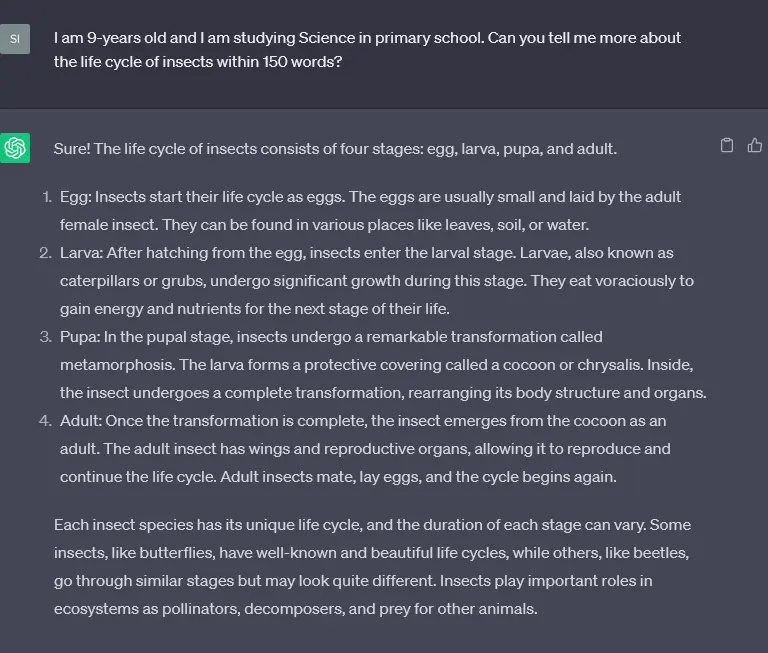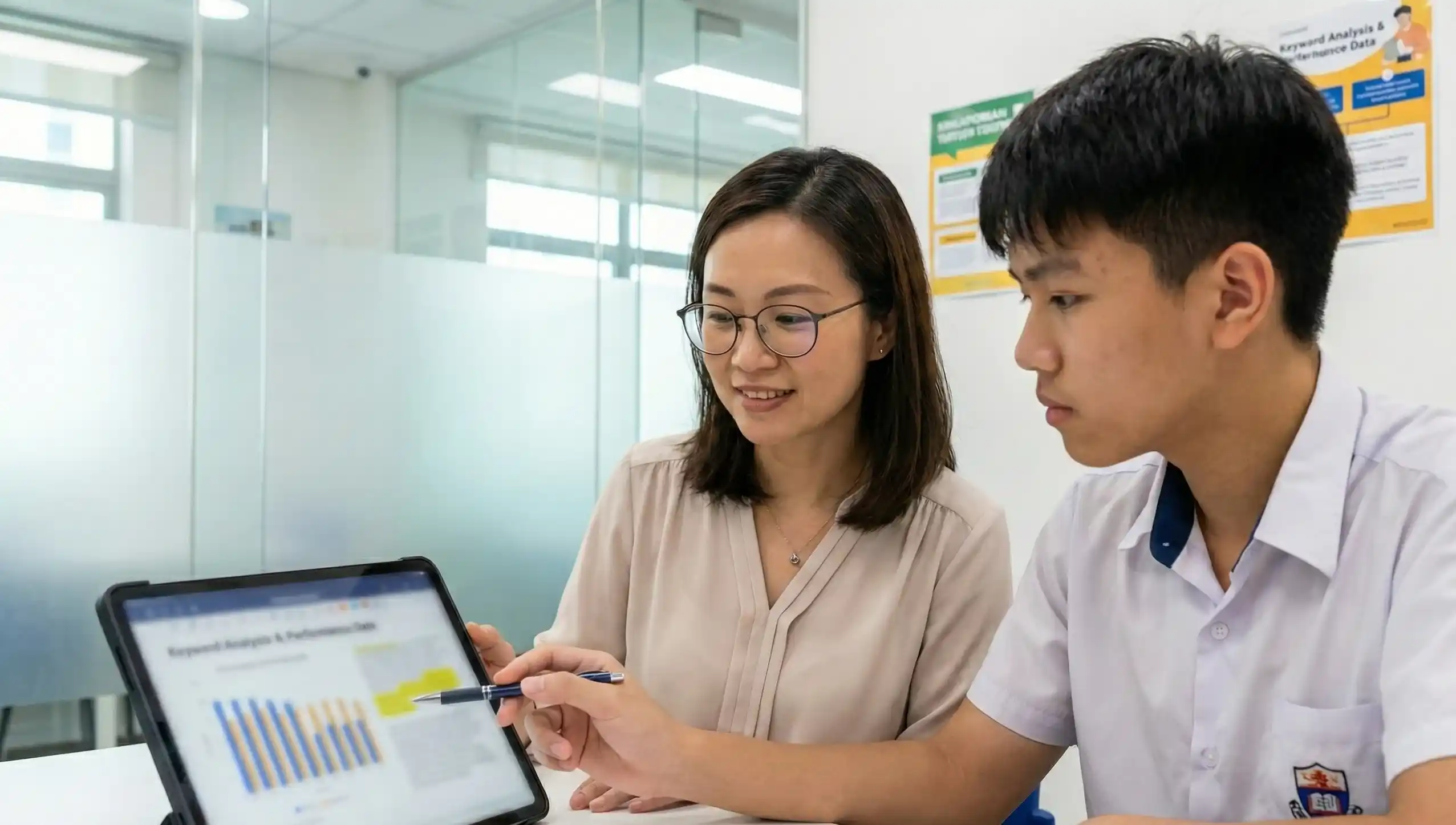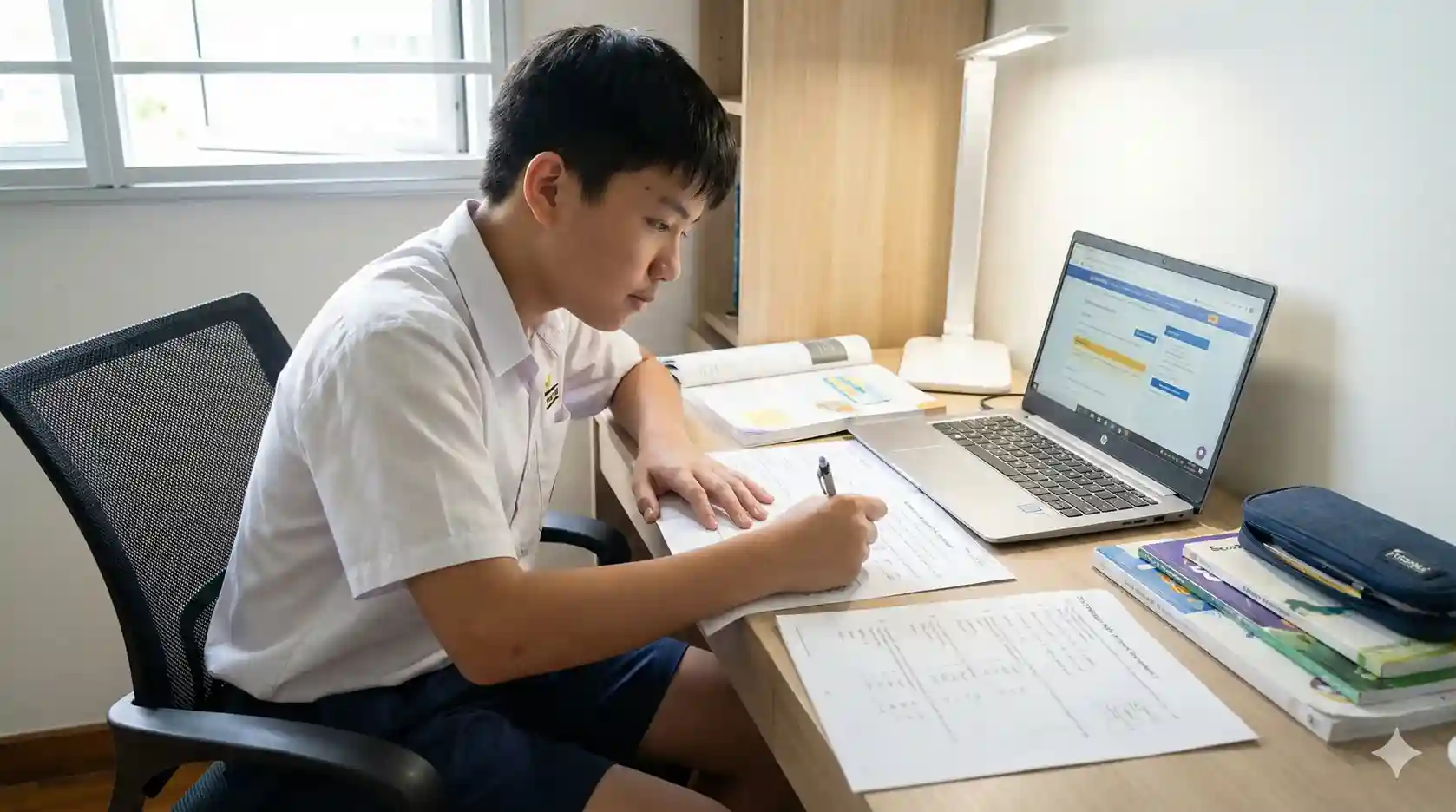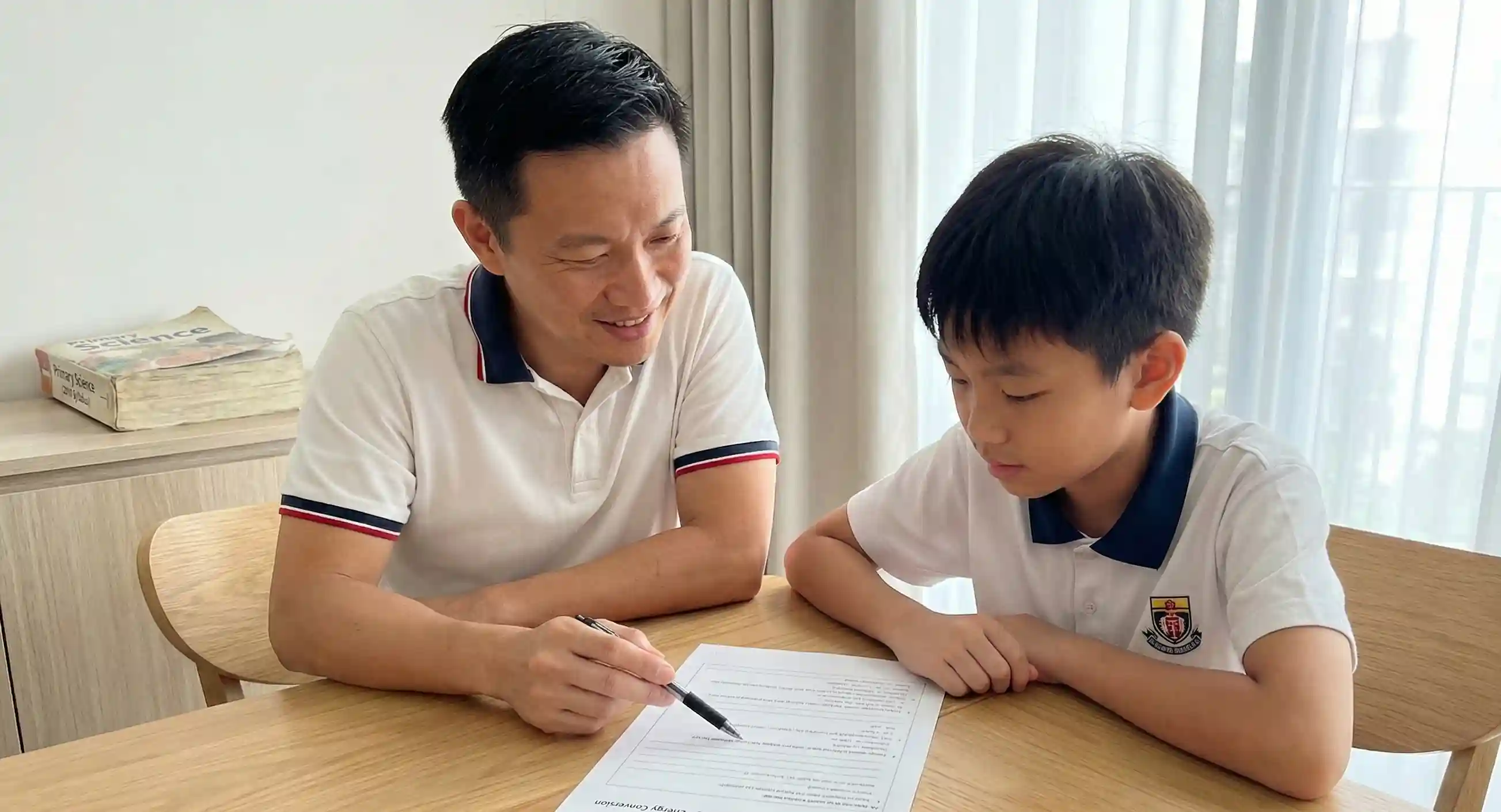Using ChatGPT to learn: Get introduced to new topics

Time for another article about how your child can use ChatGPT in their studies!
This is the third of an ongoing series about using ChatGPT to learn better - if you haven’t already, you can check out the first two articles here, which goes into detail about what ChatGPT is all about, how to use it to condense long texts for quicker understanding, or getting step-by-step help with Maths problems and more.
Getting an introduction to a new topic with ChatGPT
Do you remember that feeling of uncertainty and being lost when you were exposed to a completely new topic in class during your school days, and how you couldn’t understand a single thing coming from your teacher during that lesson? You can bet your child feels that way too. Fortunately for them, technology has progressed to the point that a world of knowledge is now only a few taps away on a phone or tablet.
Now that ChatGPT has become a legitimate tool for learning, it’s even easier to get a quick explanation of new topics taught in school, giving your child a huge academic advantage.
Crafting the prompt
If you know the basics of how to use ChatGPT and/or have read our previous articles about it, you should already have some idea of how to get the information you need from it.
The real trick however is to help your child get exactly what they need… which might not necessarily come from a simple prompt like “tell me about X.” That’s because without identifying themselves or giving it more background information, ChatGPT doesn’t know whether it’s talking to a university researcher or a primary school student.
With that in mind, here’s an example of how your prompt should be phrased. Let’s assume that your child is in primary 3 and that they want to learn more about the life cycle of insects:
“I am 9-years old and I am studying Science in primary school. Can you tell me more about the life cycle of insects within 150 words?”

As you can see, the prompt above prefaces the main question (“tell me about insect life cycles”) with lots of background information (“I am 9 years old, studying Science in school”). That allows ChatGPT to understand how to frame its answer in a way that helps your child the most. In addition to all that, the last request to limit its answer to 150 words also helps to make ChatGPT’s answer short and easy to read, as it now needs to pay attention to a word limit.
Limitations and adjustments
This prompt can be adjusted to suit your exact needs by giving ChatGPT different background information, or asking it about a different topic entirely. Feel free to play around with your own settings to see what ChatGPT can offer!

With that said, please be reminded that ChatGPT is not a perfect application and that it can also make mistakes, as well as give incorrect information. Although it’s still great as a tool to generate short summaries and introductions to concepts, it’s a good idea to continue using other forms of research and reading to fully understand academic topics. Otherwise, have fun learning!


 SG
SG  VN
VN 



















